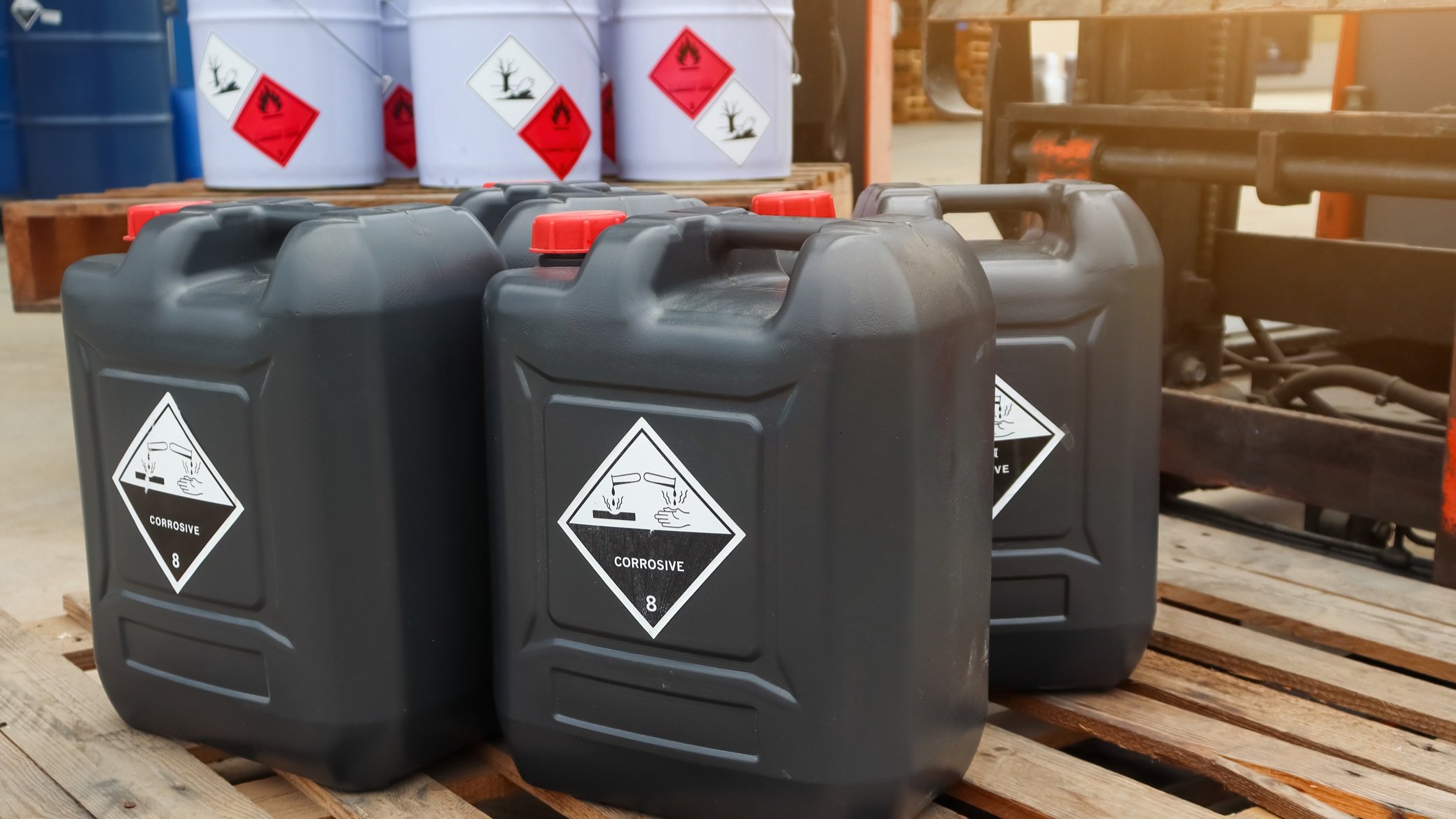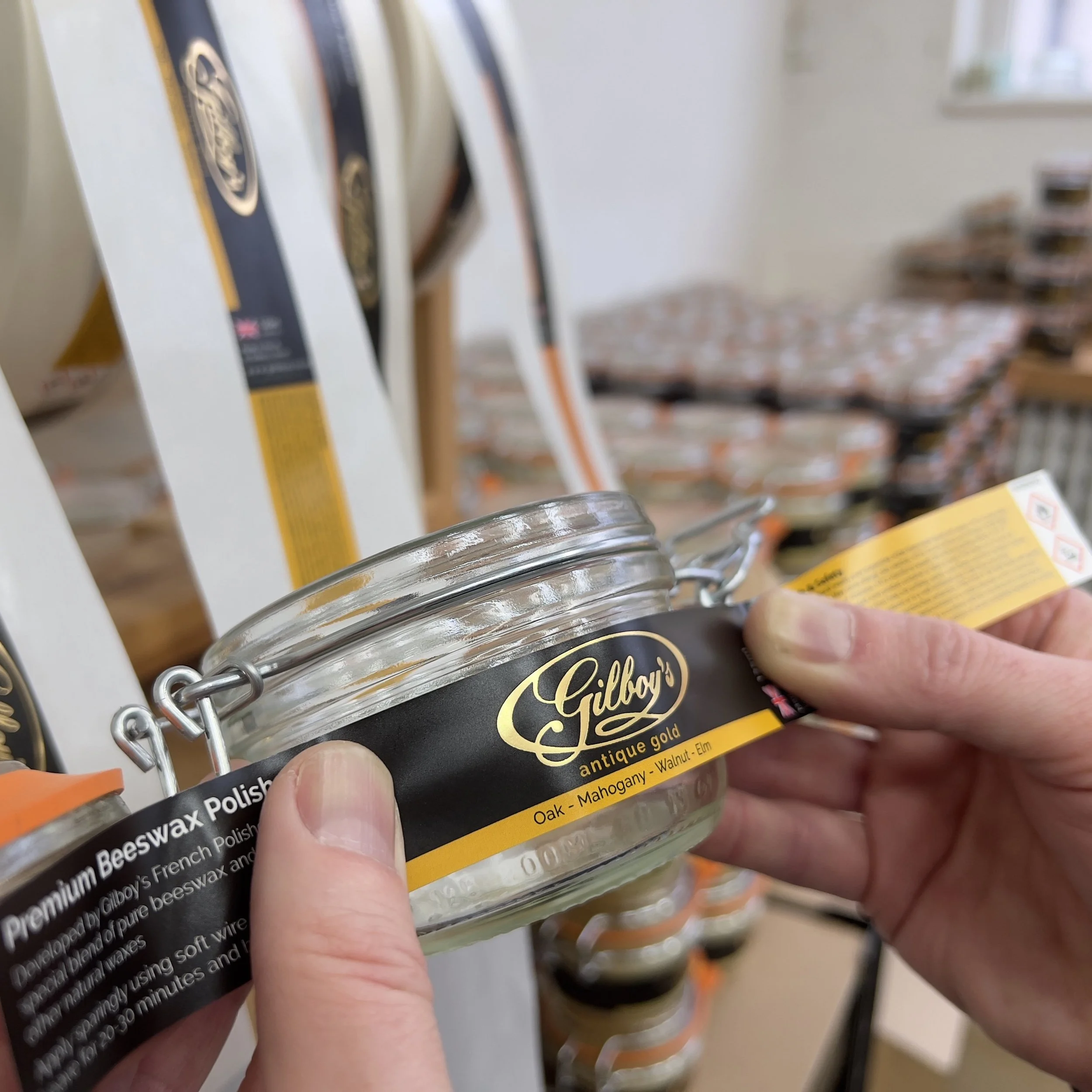New Chemical Labelling Rules
New EU Chemical Labelling Rules
Stay Compliant with Our Smart Labels
If you are in the business of supplying or selling chemical products within the EU, some big changes have arrived which are going to affect how you label your products.
Non-compliance could mean fines, recalls or lost customer trust – of course, nobody wants that, so in this blog, we’ll help you navigate these updates and show you how smart labelling choices can help you stay compliant and keep your customers informed.
What is the purpose of the new regulations?
These changes are designed to enhance safety, transparency, and environmental protection, but they also bring new responsibilities, especially around product labelling.
Label transparency
One of the biggest shifts in the 2024 updated Classification, Labelling and Packaging of chemicals (CLP) Regulation is the focus on improved transparency, especially for online sales. From now on, hazard information must be visible before a customer buys the product. If you sell chemicals online, make sure your product pages include accurate hazard and safety information, and back this up with compliant, professional labels on your packaging. We can help you create clear, legible labels that match your digital information and meet EU standards.
Smarter and more flexible labels
Another positive change is that the regulation now allows for fold-out labels (also known as peel-and-reveal labels or multi-layer labels) and digital labelling options. This is especially useful for smaller containers where space is limited, or when you need to include a lot of safety data or even multiple languages. inkREADible print and supply custom peel-and-reveal labels which let you include all the required information, such as hazard warnings, usage instructions, content in multiple languages…but without cluttering the outside of your product. They’re durable, fully customisable, and designed to help you stay compliant without sacrificing design. See more about multi-layer labels by clicking here.
What are the new hazard categories to watch out for?
The updated regulation also introduces five new hazard classes, which reflect growing concerns around long-term environmental and health effects. These include:
Endocrine disruptors
Persistent, Bioaccumulative and Toxic (PBT)
Very Persistent and Very Bioaccumulative (vPvB)
Persistent, Mobile and Toxic (PMT)
Very Persistent and Very Mobile (vPvM)
If your products fall under any of these categories, they’ll require updated labels with the correct hazard pictograms and classifications.
Need help with labels for hazardous chemicals?
Whether you need labels with bold warning icons, tactile triangle labels, or anything else relating to identifying dangerous chemicals, we can advise on different options that comply with these new hazard classes. Products made from complex ingredients, like essential oils or mixtures, now have clearer labelling requirements too. The goal is consistent communication of hazards, no matter how complicated the formulation. With our custom labelling service, the inkREADible team can help you ensure everything from ingredient lists to hazard warnings are accurately and professionally displayed.
When is the best time to prepare for the changes?
Even though this new regulation has been in force since 2024, there’s still some more time to adjust. Most new labelling obligations kick in from July 1, 2026, with others following in 2027 and 2028, depending on the type of product. That means now is the perfect time to review your current labels, identify what needs to change, and start updating your packaging, without rushing and stressing.
Ready to get expert help with chemical labels?
Get in touch with us to discuss your requirements or request a free sample pack of labels, including multi-layer labels.
These updates may seem daunting, but with the right labelling solutions, staying compliant doesn’t have to be complicated. Whether you need fold-out labels, labels with warning triangles, multilingual hazard information labels, or anything in between, we're here to help.
The official source for more information is https://environment.ec.europa.eu/topics/chemicals/classification-labelling-and-packaging-chemicals_en













